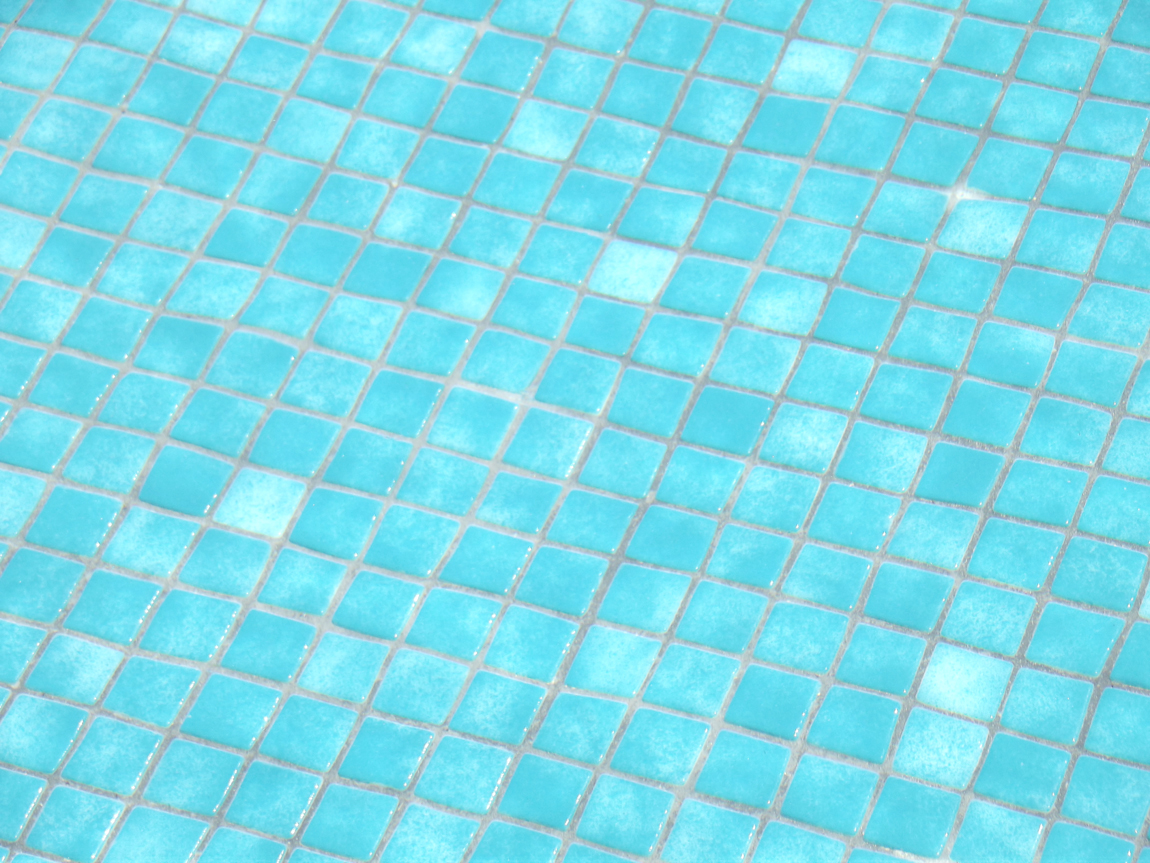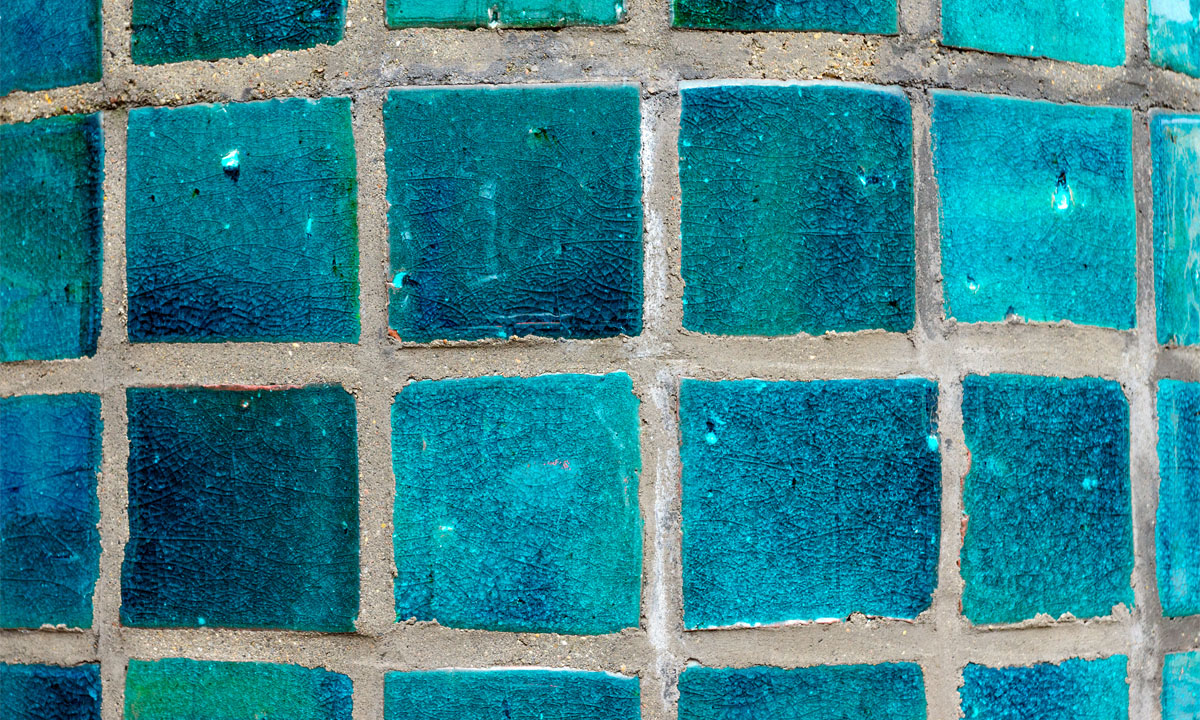How To Take Care of A Saltwater Pool

Do you wish you had a saltwater pool? Want to discover more concerning how to take care of a saltwater pool? You have come to the right site! Pool Service Gilbert is a trailblazer in saltwater decontamination and a professional in saltwater pool maintenance.
Maintaining a Saltwater Pool
For maintaining a saltwater pool, you should keep the pools pump, filter, and its skimmer clean and in good operating status. With these pools, you are required to go over the salt chlorinator cell and have it replaced when required. Test routinely for correct water chemistry for maintaining clean, clear pool water.
Saltwater Pool Chemistry Tips
Using a saltwater pool strip for testing, test the water for salt, pH levels, free chlorine, complete alkalinity, stabilizer, and complete hardness. Use a water chemistry calculator online for helping make those alterations and balance your pools water. After severe weather or times in which the load is higher, like at pool parties, make sure to test again to keep your pool’s water chemistry within adequate levels. After you testing your pool, balance as necessary.
6 Common Saltwater Pool Care Concerns
- What’s are the differences between a saltwater pool and a conventional chlorinated one?
In a conventional pool, chlorine is added straight to the pool’s water. Progressions in the pool industry have led to a more streamlined and safer option. Saltwater chlorination is natural and a more handy sanitization method. Salt gets dissolved in the pool and the system then turns it into the perfect amount of chlorine for clear, clean, and lavishly soft water.
- Is a saltwater pool maintained easier?
Absolutely, a saltwater pool is easier to take care of! There’s no need to buy, store and add chlorine to the pool. Just add salt made for pools and the pool’s salt chlorinator is going to take care of creating chlorine. Whereas all pools require chemicals to keep the pool water clean and clear, saltwater pools are more balanced than conventional chlorinated pools, so they need less chemicals.
- Is a saltwater pool less costly to maintain?
Absolutely, saltwater pools have a reduced expense of operation in comparison to a conventional chlorinated pool. This cost savings is because the chlorine is created from salt and there is no need to purchase chlorine. In addition, saltwater pools require less chemicals to keep the water clear and clean.
- Is a saltwater pool, well, salty?
Not a bit! In fact, your pool’s level of salinity is about 1/12 of the salinity in the ocean and a drop from a saltwater pool has less salt than found in human tears. Additionally, saltwater is soft and feels really nice on your family and guest’s skin!
- How much salt does the system require?
Salt Systems work ideally with roughly thirty-two hundred parts per million (ppm) of salt, which is approximately the comparable to a teaspoon of salt per gallon. When salt levels get outside of this range, differing salt systems provide a way (usually an LED light) to signal homeowners to the need to modify their salt level.
- What happens if my saltwater pool is cloudy?
Without regard to pool type, cloudy pool water is usually a sign of a chlorine insufficiency or inadequate circulation and filtration. Make sure to identify the issue by first checking your pool’s chemistry and then adjusting the chemistry as required. In saltwater pools, the salt level may be poor or there might be a problem with the pool’s salt chlorinator. Keep the filter of the pool clean and run the system so that all the water is turned over daily.
Pool Service Gilbert In Arizona
Pool Service Gilbert is a family-owned and operated business that has been serving the valley since 2004. We offer reliable and affordable pool services, including repairs, equipment installations and more! Our service area includes Ahwatukee, Chandler, Gilbert, Mesa, Phoenix and Tempe, Arizona. Contact us right here for your upcoming pool service needs.
More Articles About Pool Care
- Pool Cleaning Service Near Me
- Pool Tile Replacement
- How to Clean a Green Pool Fast
- Pool Chemicals 101
- How To Acid Wash A Pool
- What Size Sand Filter Do I Need For My Above Ground Pool?
- Common Pool Problems
- How Much Does It Cost To Replace A Pool Pump?
- How To Remove Calcium From Pool Tile
- Pool Pump Repair Near Me – Gilbert, AZ
- Acid Wash Pool Cost

















